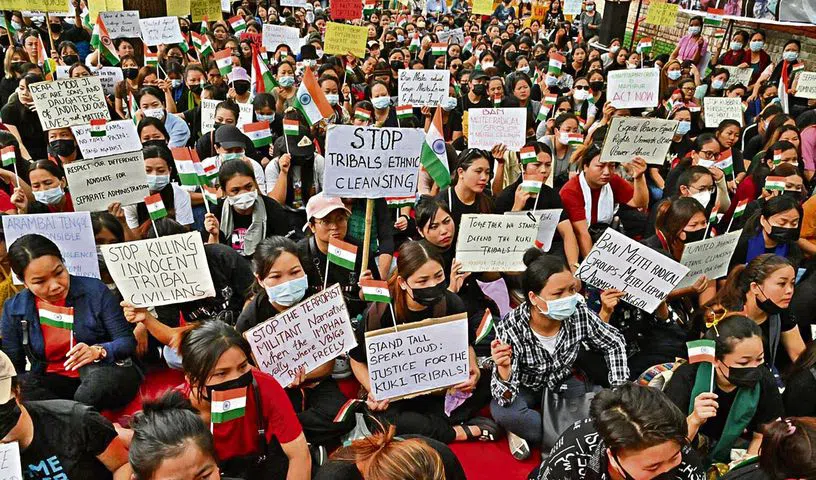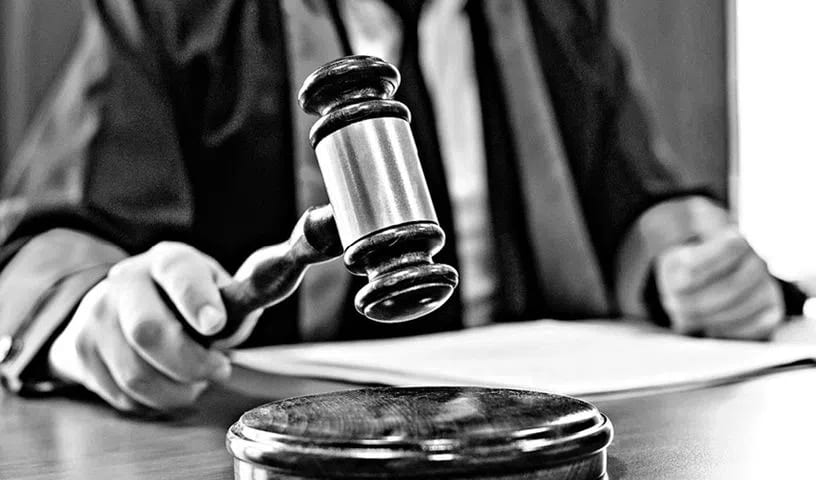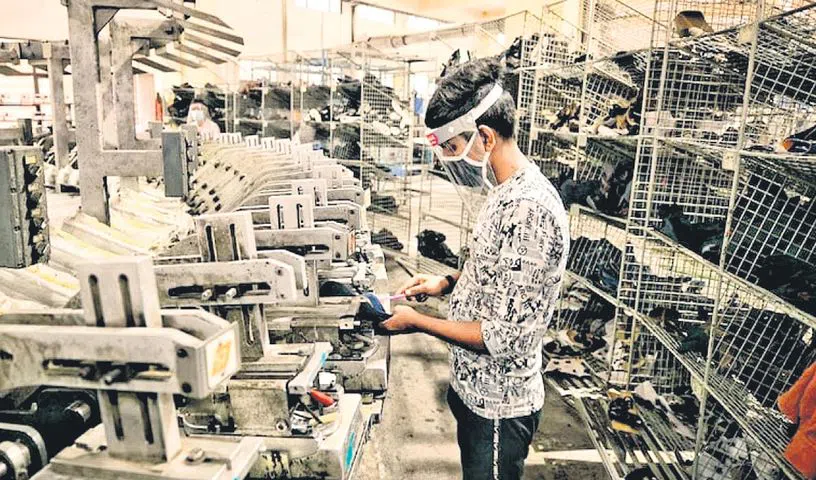A shocking video emerged recently of an attack in May when two Kuki women were paraded naked by Meitei men shortly after their village was razed. The graphic video, depicting the incident in Manipur, has sparked outrage and national shame. Police made arrests only after the footage went online. The Manipur Police described the incident on Twitter as “a case of abduction, gang rape and murder”.
The incident has shocked the nation. But this is not enough. We need to go beyond expressing shock.
Nirbhaya Case
In the 2012 Nirbhaya case, there was a national outrage that saw the setting up of the Justice Verma Committee which resulted in severe tightening of the rape laws. The top four legal outcomes from the Nirbhaya case are:
• The Criminal Law (Amendment) Act, 2013, expanded the definition of rape under Section 375 of the Indian Penal Code (IPC) and introduced new offences such as acid attacks, stalking, and voyeurism.
• The punishment for rape was enhanced, including the introduction of the death penalty, in cases of rape resulting in the victim’s death or leaving her in a persistent vegetative state.
• The Criminal Law (Amendment) Act, 2018, increased the minimum punishment for rape from seven to ten years, and introduced the death penalty for rape of girls below the age of 12.
• The Protection of Children from Sexual Offences (Amendment) Act, (POCSO) 2019, introduced stringent provisions to protect children from sexual offences, including the death penalty for aggravated penetrative sexual assault on children.
Going Beyond Perpetrators
In all the above instances, the focus was on the perpetrators of the crime. I want to explore another dimension of the Manipur case —what is the culpability of the onlookers? What is the responsibility of the videomaker?
To begin with, here’s a simple question: Is there any provision to charge an onlooker to rape as an accessory to the crime as per the IPC? Under the IPC, as per my understanding, there is no specific provision to charge an onlooker to a crime as an accessory to the crime except as an abettor. As per Sections 107 and 108 of the IPC, any person who instigates, aids or abets the commission of a crime is considered an abettor. Any onlooker who intentionally conceals or destroys evidence related to a crime may be charged under Section 201.
Clearly an onlooker who instigates, aids, abets and conceals evidence can be investigated and convicted. But the intention must be established.
Voyeur’s Role
But an onlooker who is a voyeur — can he be convicted? In other words, is there any crime of “inaction” or “absence of action”? The IPC does not specifically penalise “inaction” or the absence of action as a criminal offence. It primarily focuses on criminal acts. However, certain sections impose liability in cases of failure to act under specific circumstances. These sections of the IPC include:
• Section 32: If a crime is committed by several persons in furtherance of a common intention and a person who shares the common intention does any act or omits to do any act which facilitates the commission of the crime, then that person is held liable as if they had committed the crime themselves.
• Section 176: This relates to the duty of public servants to give information on certain offences. It imposes a legal obligation on public servants to inform their superiors or appropriate authorities about certain offences within their knowledge.
• Section 202: This deals with the offence of failure to give information to the public servant by a person legally bound to give such information. It states that if a person who is legally bound to provide information to a public servant, knowing or having reason to believe that an offence has been committed, fails to provide such information, they may be punished with imprisonment or a fine.
Liability for ‘Inaction’
It is important to note that liability for inaction or failure to act usually arises in specific circumstances where there is a legal duty to act or where a person has shared intention or responsibility with others in the commission of a crime. Each case is unique, and the applicability of these provisions will depend on the specific facts and circumstances of the case.
Clearly, this Manipur case must become another Nirbhaya case with a specific focus on two sets of people — the group of voyeurs and the person who made the video and circulated it. We must call this as ‘Kuki sisters’ case and must mount public pressure to appoint a specific commission like the Justice Verma Committee to examine the following:
• Role of the videomaker: The videomaker has done an important task — of collecting evidence of the crime and establishing the identity of the perpetrators. This must be rewarded. But what is the action expected after the video was taken? Can this person be treated as a ‘public servant’ for the purposes of Section 202 of the IPC? Can we make the person legally bound to give this evidence to the police within a certain period of time? How can we prevent this video from being circulated on social media thereby infringing the rights of the victims? How should the videomaker protect the identity of the victims in the video?
• Role of the onlooker: What should be the role of the onlooker in rape cases? What s/he should do to distinguish from becoming a voyeur? How should police treat them if they intervene? How do we reward such brave souls? How do we impose a mass penalty on a mob of ‘voyeurs’?
Gandhi on Inaction
Clearly. the time is ripe to redefine our penal code to define the role of “innocent” onlookers as “voyeurs” under the ambit of Section 375 of the IPC. I want to quote Mahatma Gandhi: “One has to speak out and stand up for one’s convictions. Inaction at a time of conflagration is inexcusable”.
It is time, we, as the common public, accepted a role and responsibility when we watch a crime happening.


